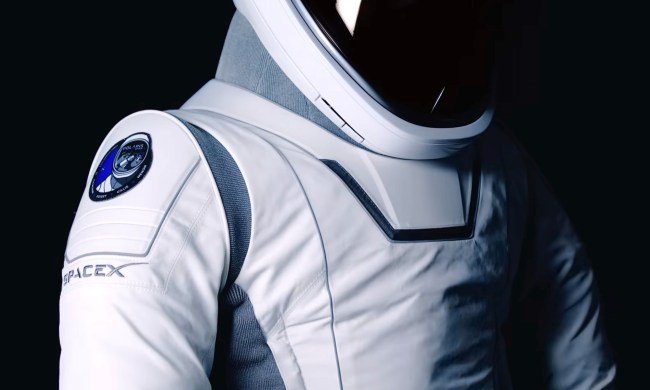The Curiosity rover has been on Mars since 2012, and in that time it has driven more than 20 miles — which might not sound like a lot, but is a long distance for a rover traveling at slow, careful speeds that are somewhat less than the average garden snail. The rover has now reached the end of an area it has been exploring for the past year — a channel called Gediz Vallis — but before it moved on, the rover snapped a series of images of the area, which you can explore in this NASA panorama:
Key features are marked on the panorama, including the route along which the rover will exit the channel, as well as the tracks that lead back to show the direction the rover came in. In the far distance you can see the rim of the Gale Crater, which is the larger area that Curiosity is exploring, and the Pinnacle Ridge, which is formed from a mound of debris that scientists are still studying.
The two hills sloping up along the sides of the channel are called the Texoli Butte and Kukenán Butte, which with their steep slopes and flat tops are ideal for studying the different layers that make up the martian surface.

Another feature picked out in the panorama is an area of sulfur stones, which are white dots that were first observed by the rover earlier this year and remain something of a mystery. Images taken from orbit showed the area as pale colored terrain, but when the rover got up close, it became clear that these were white stones, somehow spread over the surface.
The stones had another unexpected surprise in store, as when Curiosity drove over one and crushed it, it turned out to be yellow inside. The stones are composed of pure sulfur, and it’s not clear where they could have come from or what process could have caused them to form.
“We looked at the sulfur field from every angle — from the top and the side — and looked for anything mixed with the sulfur that might give us clues as to how it formed. We’ve gathered a ton of data, and now we have a fun puzzle to solve,” said Curiosity project scientist Ashwin Vasavada of NASA’s Jet Propulsion Laboratory.




